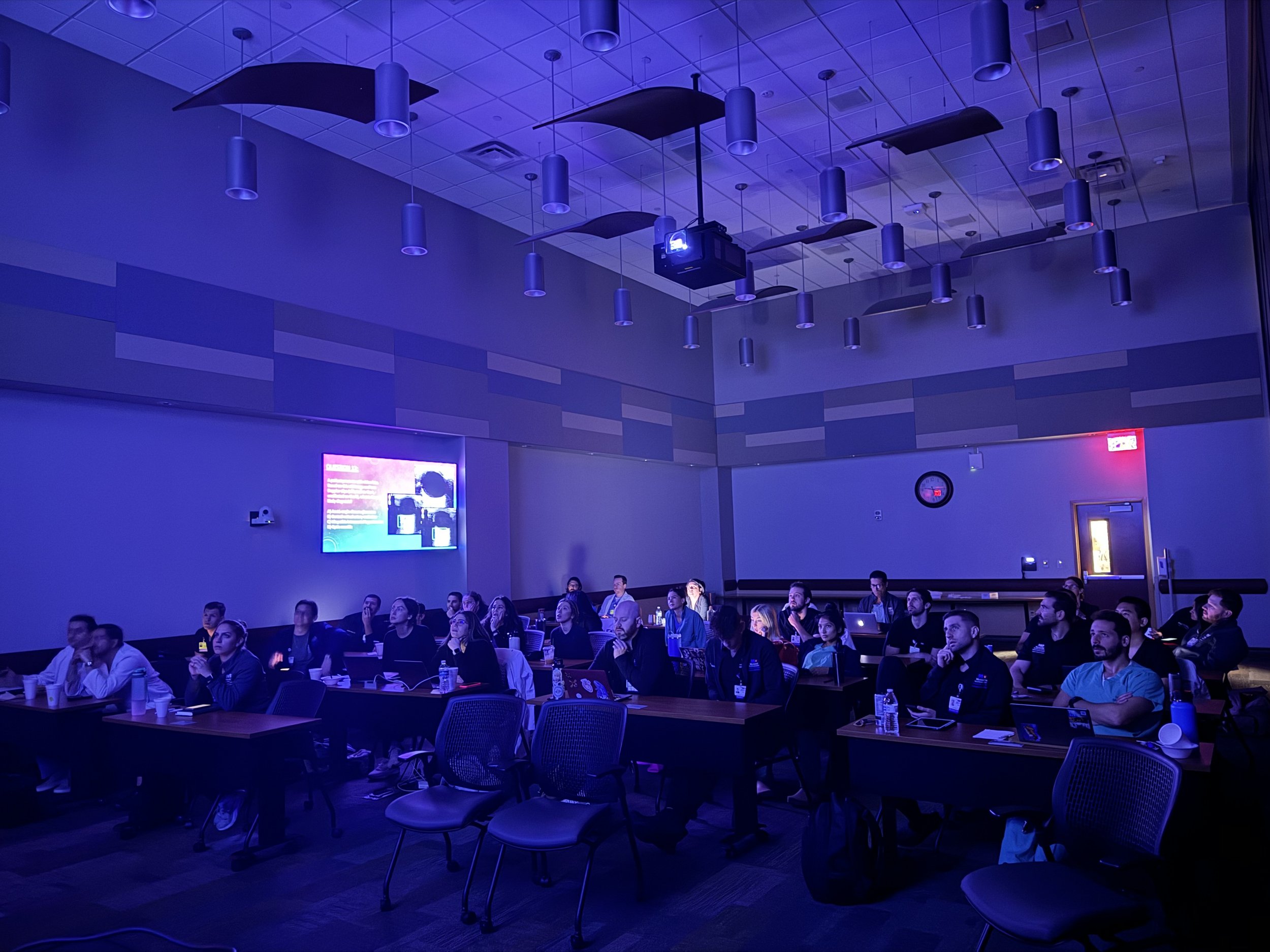ULTRASOUND
Brian Kohen, md
Dr. Brian Kohen is a dual board-certified physician in Emergency Medicine and Advanced Emergency Ultrasound at Memorial Healthcare System. He serves as core faculty as well as the Director of Emergency Ultrasound for the MHS Emergency Medicine Residency. Dr. Kohen completed his residency training at University of Connecticut and fellowship at Jacobi Medical Center through Albert Einstein College of Medicine. In addition to his passion for ultrasound education and research, Dr. Kohen has a niche in the advancement of ultrasound in limited resource environments and currently has ongoing ultrasound projects in countries such as the Dominican Republic, Jamaica, and Israel. Additionally, Dr. Kohen works with Quark Expeditions as an Expedition Doctor on small ships navigating through remote locations such as Antarctica, Svalbard, and Greenland.
pocus
Some clips showing the power of POCUS.
Lens Dislocation
Esophageal Intubation
Esophageal intubation. Although intubation success rates by out-of-hospital clinicians have improved over the years, esophageal intubation remains a common concern, leading to delay in proper oxygenation, hypoxemia, aspiration, dysrhythmias, and cardiac arrest (1,2). Ultrasound offers a rapid and accurate way to confirm endotracheal tube placement, with a mean time to confirmation of 13 seconds and—in experienced hands—high sensitivity and specificity (3,4).
peritonsillar abscess
PTA is a common deep neck space infection, with an incidence of about 3 in 10,000 per year. Physical examination is often unreliable, with reported sensitivity and specificity of 78% and 50%, respectively, even amongst experienced specialists. Moreover, it is often difficult to distinguish between peritonsillar abscess and other deep neck space infections such as tonsillitis and peritonsillar cellulitis clinically. Imaging modalities such as CT are accurate but have several disadvantages such as increased costs, length of stay, intravenous contrast and radiation risk. POCUS has increasingly been used as an adjunct for diagnosis of PTA, with a sensitivity ranging from 89-95% and specificity of 78-100%. Additionally, when used for the treatment of PTA, POCUS increases successful drainage and diagnostic accuracy, and decreases otolaryngology consultation, CT utilization, return visits to the ED, and length of stay. In our case, PTA was rapidly diagnosed and successfully treated in the ED without the need for otolaryngology consultation or CT.
pacer wire with clot
Pacemaker wire thrombus. Pacemaker wire thrombosis occurs in a sizable percentage of all implants within one year of placement although consequential sequelae are rare (1-3). Patients are treated with anticoagulation, thrombolysis, venoplasty, or surgical thrombo-endarterectomy, depending on the clinical risk.
The patient remained afebrile during admission and blood cultures did not grow any organisms, decreasing the likelihood of endocarditis. He was treated with warfarin and discharged home with a cardiology follow-up.
molar pregnancy
Traumatic retinal detachment and lens dislocation. The patient was admitted to the hospital, and both injuries were surgically repaired. Lens dislocation may result from blunt ocular trauma and is frequently associated with injuries such as hyphema, vitreous hemorrhage, and retinal detachment; clinical findings include decreased visual acuity, monocular diplopia, and iridodonesis (1). Retinal detachment can arise from aging or prior surgery (rhegmatogenous), scarring—often due to diabetes (traction), and exudation, typically due to macular degeneration or trauma. Clinical findings include floaters, flashes of light, and visual field deficits (2). Point-of-care ultrasonography is an accurate, noninvasive, and rapid diagnostic tool for traumatic eye injuries, with high sensitivity and specificity for both lens dislocation and retinal detachment (3,4).
neuroblastoma
Neuroblastomas are the most common solid extracranial tumors in children, with two-thirds of these tumors occurring in the abdomen, commonly in the adrenal gland (1). Tumor characteristics and, thus, clinical presentation vary greatly in presentation, ranging from an asymptomatic abdominal mass to systemic symptoms such as weight loss, fevers, and abdominal pain (2). Moreover, up to 3% of children may have neurologic symptoms, including opsoclonus, myoclonus, and ataxia. Point-of-care ultrasonography is a useful tool to rapidly and preliminarily assess neuroblastomas in the proper clinical context (3). Classically, ultrasound reveals a solid, echogenic, and heterogeneous mass that may also show calcifications, inferior displacement of the ipsilateral kidney, and/or anterior displacement of the aorta and inferior vena cava.
Point of care ultrasound (POCUS) is a useful modality to initially identify a molar pregnancy. In this case, we describe a 51-year-old perimenopausal woman who presented to the emergency department (ED) with vaginal bleeding. A transvaginal POCUS was performed, revealing findings concerning for a molar pregnancy. These findings led to prompt diagnosis and treatment.
Small bowel obstruction
Small bowel obstruction. Small bowel obstruction may represent up to 2% of all ED patients with abdominal pain (1). Although the gold standard for the diagnosis of small-bowel obstruction is computed tomography (2) in experienced hands, ultrasound may provide similar sensitivity and specificity (3) while reducing radiation and the time to diagnosis (4).
Computed tomography took several hours to complete, and the patient ultimately had successful small-bowel resection, with uneventful recovery.

FAQs
How many ultrasounds will I do for my first, second and third year?
As a resident at MHS, you will have two 2-week blocks of ultrasound, one in PGY1 and the other in PGY2. During each of these blocks, you will be paired alongside a co-resident and have significant 1-on-1 time with Dr. Kohen to perform at least 75 scans. The minimum number of scans performed to graduate is 300.
How are my u/s tracked during residency?
Ultrasounds are tracked using an archiving system called Synchronicity. Scans are performed in the ER and then uploaded to a secure cloud. There they can be interpreted with worksheets that are similar to a procedure note and reviewed by Dr. Kohen for both quality assurance and improvement.
What is SonoGames?
SonoGames is the national ultrasound competition that takes place every year at SAEM. For the last 2 years we have sent a team of 3 residents who internally qualify to represent MHS at SonoGames. The residents are coached by Dr. Kohen and in 2024 made it to the top 20 teams out of over 100.
What are the more common uses of ultrasounds on a shift?
There are about 10 core emergency medicine ultrasound applications. Of those 10, the most common are cardiac, lungs, biliary, 1st trimester obstetrics, and renal/bladder.








